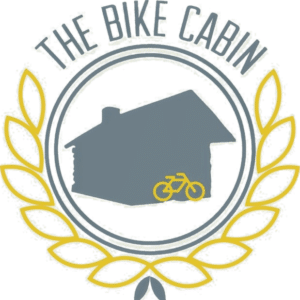Burnley and Pendle is one of the ten main regions within Lancashire.
Burnley is a former mill town in East Lancashire. In fact, it is located near countryside with the smaller towns of Padiham and Nelson to the west. It has a reputation as a regional centre of excellence for the manufacturing and aerospace industries.
The town began to develop in the early medieval period as a number of farming hamlets surrounded by manor houses and royal forests, and has held a market for more than 700 years. During the Industrial Revolution it became one of Lancashire’s most prominent mill towns. In fact, at its peak it was one of the world’s largest producers of cotton cloth, and a major centre of engineering.
Burnley is a microcosm of what northern England is all about. Originally a small farming community, “surrounded by manor houses and royal forests, it has held a market for more than 700 years.
During the Industrial Revolution it became one of Lancashire’s most prominent mill towns; at its peak it was one of the world’s largest producers of cotton cloth and a major centre of engineering.” Its name probably derives from ‘Brun Lea’, after the River Bru.
On the edge of the town, surrounded by rows of terraced houses and old-fashioned corner shops is Queen Street Mill and Textile Museum, the world’s only surviving 19th century steam-powered weaving mill. Indeed, Burnley was one of many cotton mills constructed near the Leeds and Liverpool Canal, vital waterway to transport goods to and from the Lancashire mill towns.
The town provides a riveting glimpse of a time when industry was at its height in Britain. Times were tough and engineering ingenuity was vibrant.










